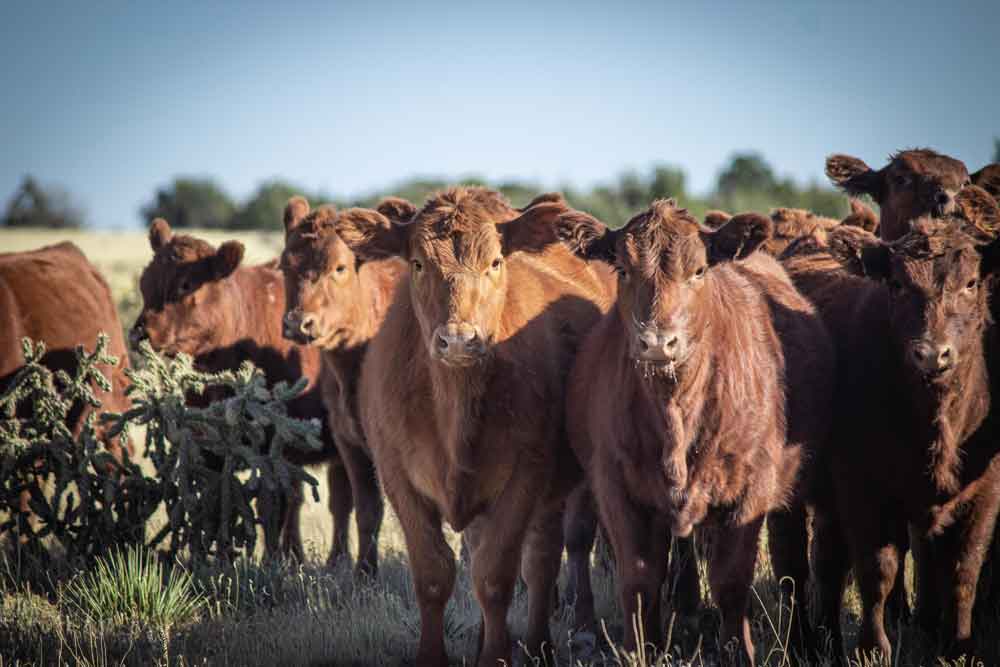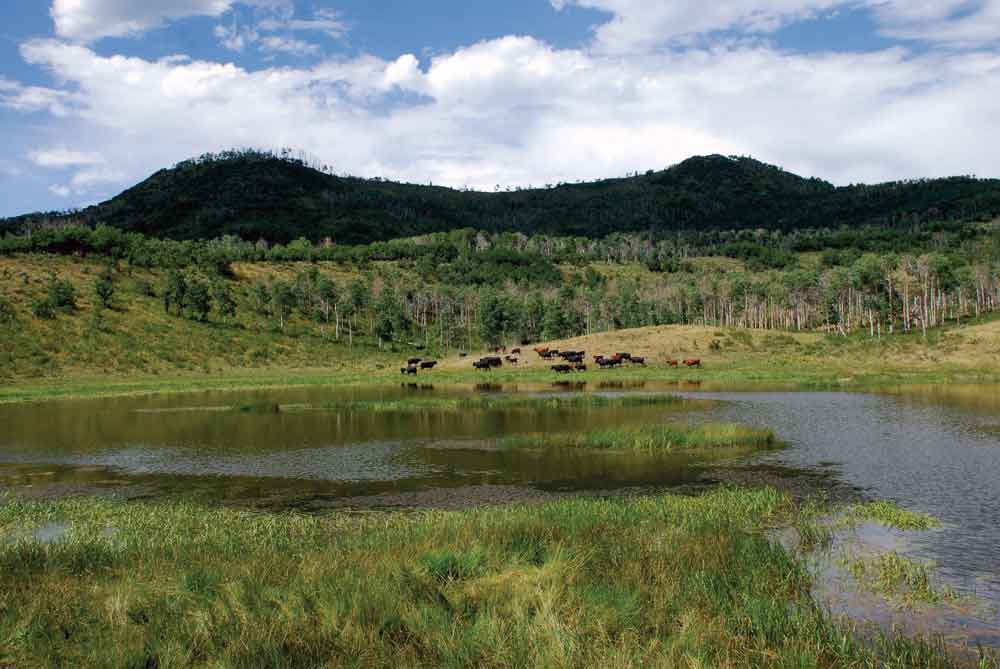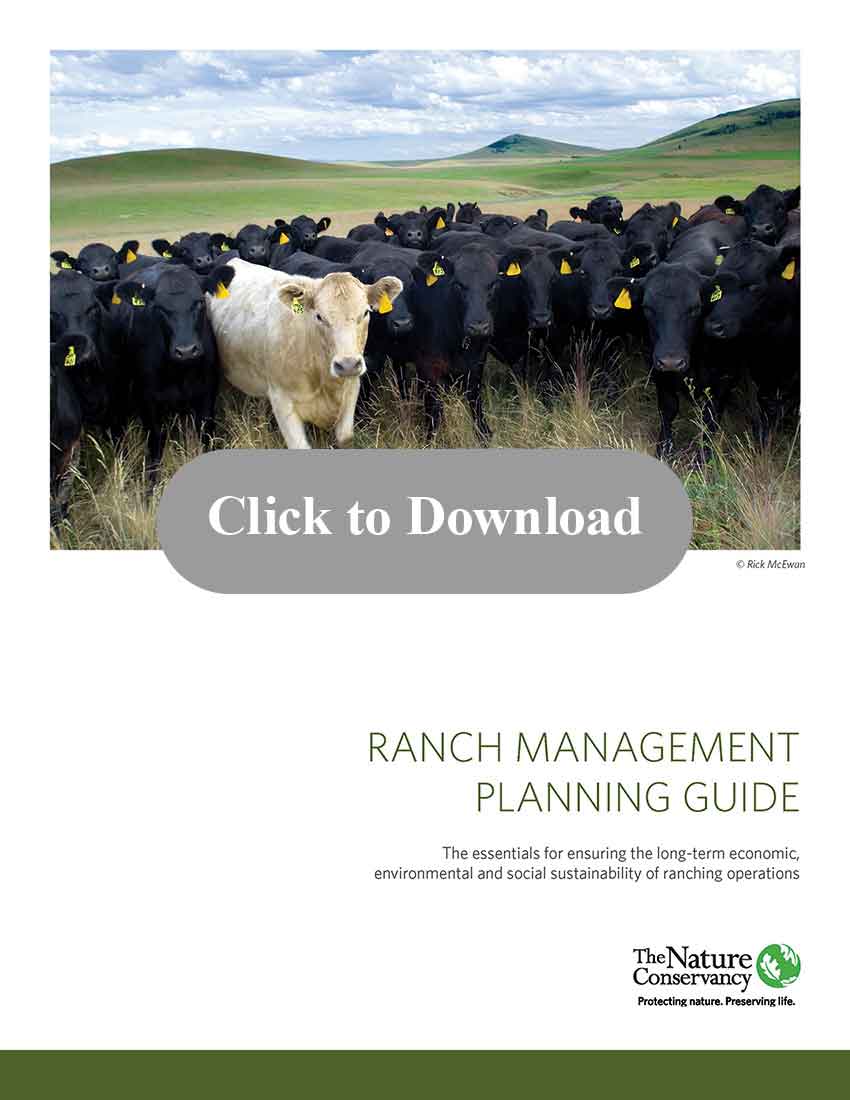Create a Resilient and Profitable Ranch Operation Through Effective Planning

Ranchers face challenges and uncertainty every day, from price fluctuations to drought and other extreme weather events. Taking a systematic approach to continuous improvement—a cycle of planning, monitoring and adapting—is increasingly important to running a resilient and profitable ranch operation.
The Nature Conservancy (TNC) recently released a free 5-page Ranch Management Planning Guide to help ranchers and land managers set priorities and identify practices that they can use to manage an operation that is profitable, resilient, and effectively conserves the lands and waters on which people and nature depend.
“This guidebook provides an adaptive, outcome-based approach to helping ranchers and land managers develop and implement a suite of complementary land, livestock, and business management activities that can help them achieve a sustainable future for their operation and their families,” says William Burnidge, deputy director of TNC’s Regenerative Grazing Lands Strategy in North America.

Based in Colorado, Burnidge has spent his 17 years with TNC working with ranchers to advance regenerative grazing practices that restore and protect natural resources, like native grassland and shrubland ecosystems, wildlife habitat and soil carbon, while providing food and securing livelihoods.
Burnidge, the primary author of the Ranch Management Planning Guide, and his colleagues drew upon their combined decades of experience working with ranchers and the valuable lessons learned along the way to develop the guidebook. One of those ranchers is 4th generation cattle rancher Steve Wooten of Kim, Colorado.
“Taking the time to make a plan that encompasses every aspect of my ranching operation is key to ensuring the long-term sustainability of my business, my land, and my legacy,” says Wooten.
Ranchers and land managers can use this guidebook to create an over-arching ranch plan that aligns sub-plans for different aspects of their operation toward their desired economic, ecological and social goals. The guide is designed to reflect ranchers’ needs to practically monitor and document results, adapt management, and communicate progress on important indicators of sustainability.

“This guide is not meant to suggest that ranchers compile a massive, impractical document covering all aspects of their operation,” says Burnidge. “Ultimately, it’s intended to increase efficiency and uncover new opportunities for sustainability.”
This ranch planning approach is also aligned with U.S. Department of Agriculture’s Natural Resource Conservation Service’s conservation planning approach, holistic planning, and the U.S. Roundtable for Sustainable Beef framework.
To download your free Ranch Management Planning Guide, visit nature.org/grazing.








